Configure Cisco Unified Attendant Console 10.5.x Standard Edition
Available Languages
Contents
Introduction
This document describes the basic configuration steps for the Cisco Unified Attendant Console 10.5.x Standard Edition.
Prerequisites
Requirements
There are no specific requirements for this document.
Components Used
The information in this document is based on these software and hardware versions:
- Cisco Unified Attendant Console 10.5.1.1543
- Cisco Unified Communications Manager 8.6.2.23900-10
- Microsoft Windows 7 Professional Edition (64-bit)
The information in this document was created from the devices in a specific lab environment. All of the devices used in this document started with a cleared (default) configuration. If your network is live, make sure that you understand the potential impact of any command.
Configure
Complete these steps:
- Ensure that an application user is created, who will control the devices that are to be referenced by the operator for log in and Busy Lamp Field (BLF).
This image shows the devices that this application includes in its controlled device section. Note that these include the device that operator will use for "login" and for BLF.

This application user also needs to have these roles included:
- Standard AXL API Access
- Standard CTI Allow Calling Number Modification
- Standard CTI Allow Call Park Monitoring
- Standard CTI Allow Control of All Devices
- Standard CTI Allow Reception of SRTP Key Material
- Standard CTI Enabled
This user would be be referenced for log in via the Cisco TAPI client (TSP) to CallManager. Make sure all required devices are entered in the controlled device section for this user. If that is not done, the login to Cisco Unifed Attendant Console standard client will fail.
- Double-click the installation file.
- Enter the application user's User ID and password that was provisioned in step 1. Click Next.
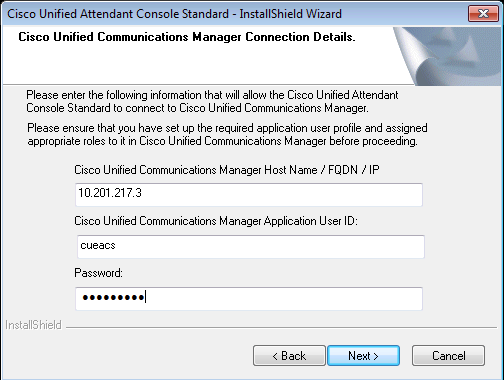
- Choose the appropriate language from the drop-down list. Click Next.
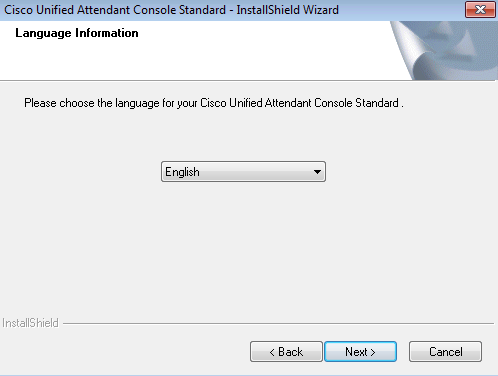
- Enter the Cisco Presence Server details. Click Next.
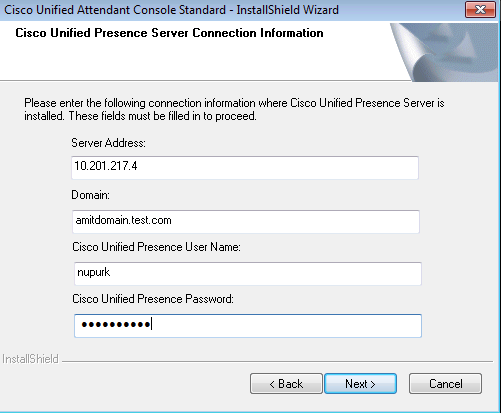
- Choose the appropriate installation location. Click Next.
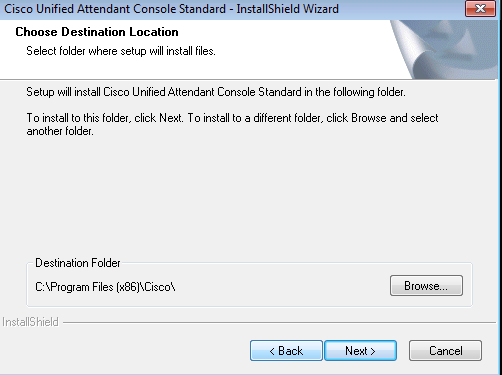
- Review the information entered in the previous steps. If all looks good, click Next in order to complete the installation.
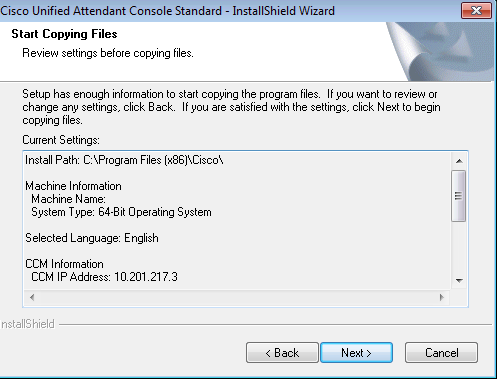
- Reboot the Windows PC once this installation is complete. Click Finish in order to initiate the PC restart.
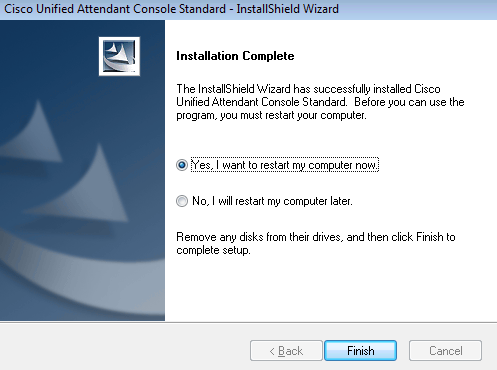
- Once the PC is up after the reboot, double-click the Cisco Unified Attenant Console standard 10.5 icon in order to launch the software. Enter the extension of the operator.
In this example, the operator UID is "nupurk" and the extension is "1008". As soon as the extension is entered, TSP resolves the device information. This only comes with the application User ID which the TSP uses (this comes from step 1) in order to control this device. All that needs to be completed once the device information is found is to click the device. Log in happens automatically.
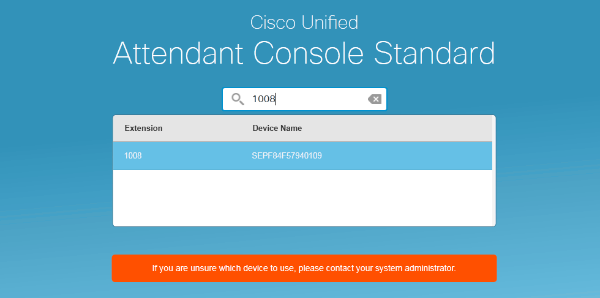
Verify
If all goes as expected per the steps in the Configure section, this log in screen displays. The directory population with the Presence information displays as soon as the sync with CallManager is complete. The directory sync process is usually very fast.
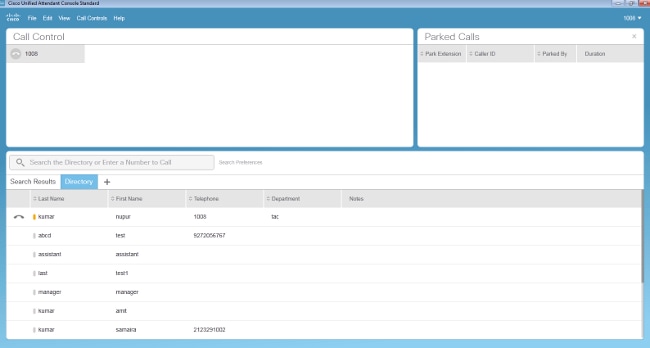
Troubleshoot
There is currently no specific troubleshooting information available for this configuration.
Related Information
Revision History
| Revision | Publish Date | Comments |
|---|---|---|
1.0 |
09-Nov-2015 |
Initial Release |
Contact Cisco
- Open a Support Case

- (Requires a Cisco Service Contract)








 Feedback
Feedback